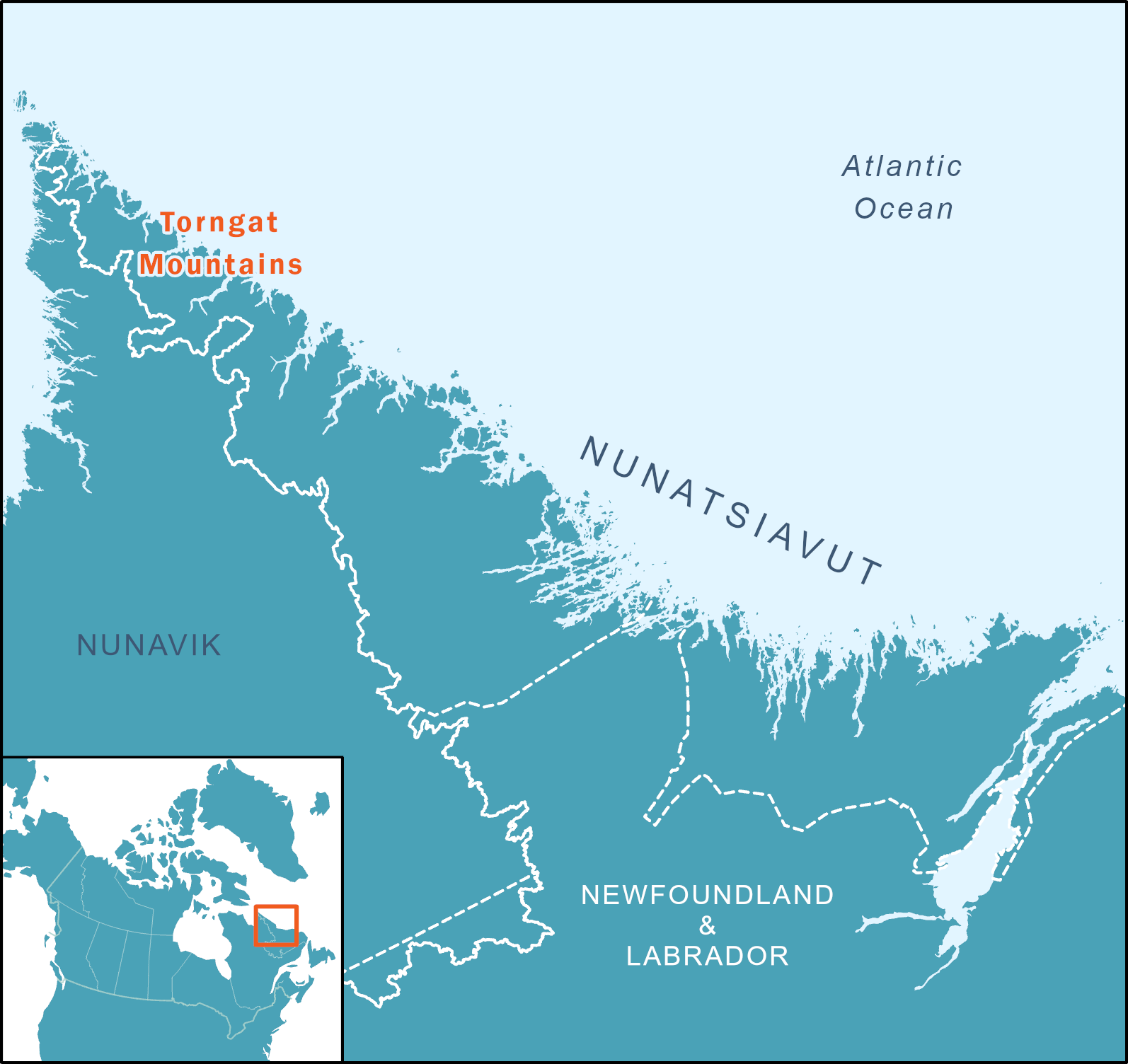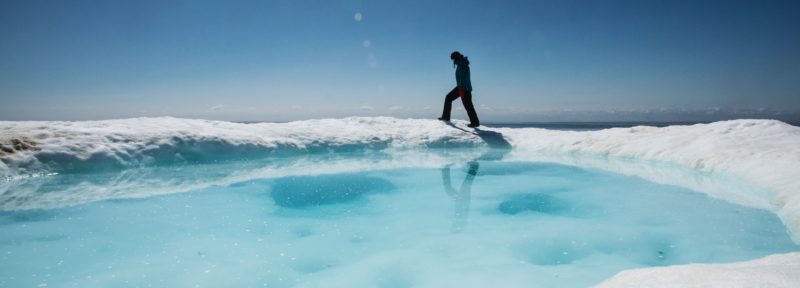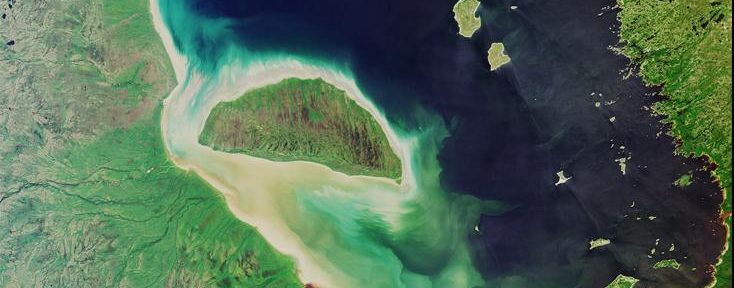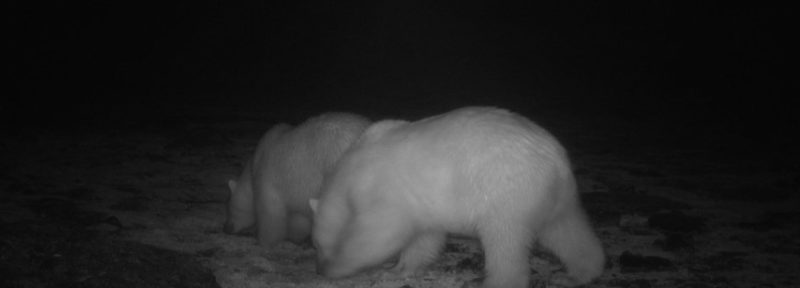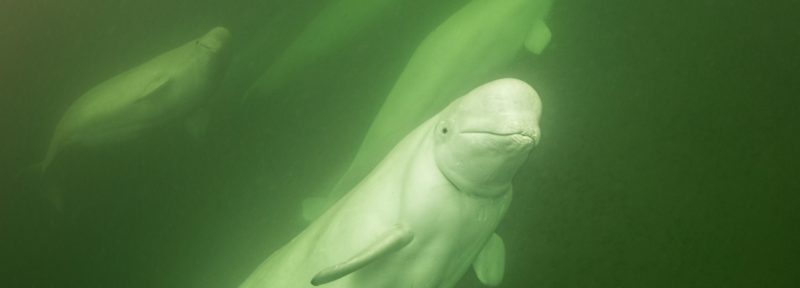Pristine Seas Expedition: Nunatsiavut
The Torngat Mountains in Nunatsiavut.
Ilitariyauyuq: Tony Beck/Getty Images
The Pristine Seas expedition has officially launched! Last week, the Polar Prince left Mulgrave, Nova Scotia, and headed towards its first stop: Nunatsiavut.
Nunatsiavut (“Our beautiful land” in Inuttitut) is a self-governing region of Labrador established by the Labrador Inuit Land Claims Agreement. Nunatsiavut is made up of five communities: Nain, Hopedale, Makkovik, Postville and Rigolet. The expedition team is stopping in Nain, Nunatsiavut’s largest community, and will then proceed on to the fjords of the Torngat mountains.
Labrador Inuit have long inhabited the Nunatsiavut region, relying on both the land and sea for subsistence. After years of negotiations between Inuit and the Canadian government, the Labrador Inuit Land Claims Agreement came into effect on December 1, 2005, establishing Labrador Inuit self-government over their traditional lands and waters. The agreement covers over 72,000 square kilometres of land and 44,000 square kilometres of ocean. The mix of Arctic and Atlantic waters off Nunatsiavut’s coast creates a productive habitat for whales, polar bears, ring seals, Atlantic salmon, northern cod, eider and black ducks, and geese, which Inuit continue to harvest.
The Nunatsiavut Government and the Government of Canada are currently working together to assess the feasibility of establishing an Indigenous Protected Area in the waters adjacent to the Torngat Mountains National Park, Nunatsiavut’s northernmost point. A marine protected area in this striking landscape of deep-water fjords and cresting peaks would connect the water to the land and help ensure these ecosystems are protected for generations to come.
The Pristine Seas team will be conducting research and collecting footage that will help support marine conservation in the region. “We have been working with National Geographic Pristine Seas and Oceans North to ensure the importance of the area to Inuit, and that our historical usage and knowledge of the land, sea and ice is told through our voices,” said Johannes Lampe, president of the Nunatsiavut Government, in a press release announcing the expedition. “It is crucial to have traditional Inuit knowledge, coupled with science, to ensure our understanding of the area is comprehensive.”
The next stop on the trip is Churchill, Manitoba, where the world’s largest summering population of beluga whales returns each year.
To learn more and follow along on the expedition, follow us on Twitter, Facebook or Instagram, and follow Pristine Seas on Instagram or Twitter.


